[ad_1]
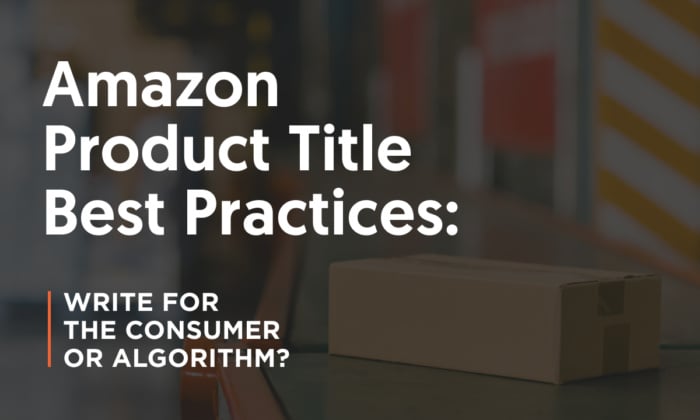
This blog was written by David Hutchinson, VP of Marketplaces at NP Digital.
Recently, I was in a pitch for a potential new Amazon client. We went through our audit of both their paid and product detail pages. Amongst our recommendations, we noticed that this brand was not utilizing the 130+ characters in their product titles.
The prospective client was engaged and asking some great questions. Here’s a little window into a dialogue that caught my attention as he provided a challenge I had not heard before.
Myself: “There is a huge opportunity to expand your product titles to cover more features that will get your product ranked for those features.”
Prospective Client: “Interesting, because our vendor manager said, write clean titles that fit on a mobile screen, that’s the new priority.”
Myself: “Have I missed a memo?”
I genuinely was taken aback. What the vendor manager said made a lot of sense, focusing on short concise titles for a growing mobile audience. And yet, for anyone that knows Amazon, a vendor manager might not be truly informed of what best for SEO on their own platform. They are not SEO specialists, but rather generalists, mainly concentrating on relationships, logistics, and profitability of accounts.
I don’t want ever to give clients or teams bad advice. So, am I out of touch? Is this the new way of working? I decide to do some research to get some answers on what the true Amazon product title best practices are.
Before we go into what makes a good product title, let’s talk about what is possible and our current thought process on Amazon product titles.
Amazon Product Titles
With Amazon product titles, up to 200 characters can be used. Due to a lot of the conventional wisdom out there, brands and professionals have been instructed to utilize as many of those characters as possible. In some cases, they “stuff keywords” in the hope that they can rank for different searches.
In this example, the brand is the first bit, then the type of product, then size, then the use cases for it, followed by color and quantity.
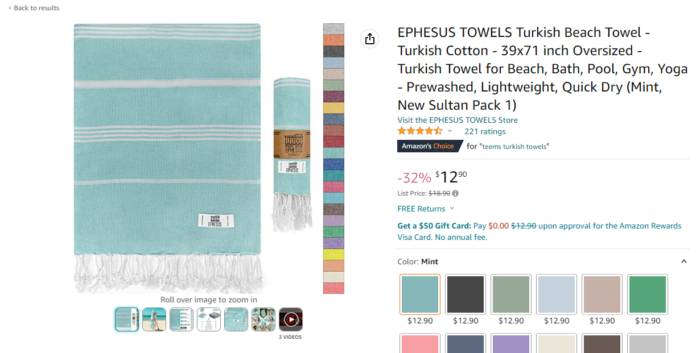
This is how it looks on desktop search results.
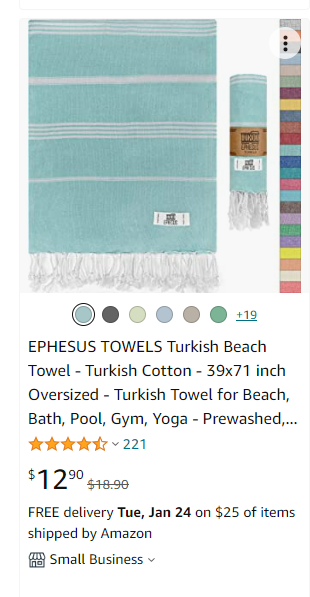
This is how it looks on mobile.
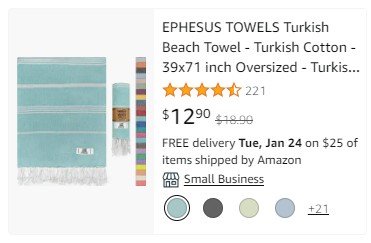
A lot is cut off on both desktop and mobile. So think about that vendor manager I mentioned before. In this case, they would argue this is bad for readability, and on paper, it seems like they’re right.
Instead, write for readability. Maybe they mean like this brand?
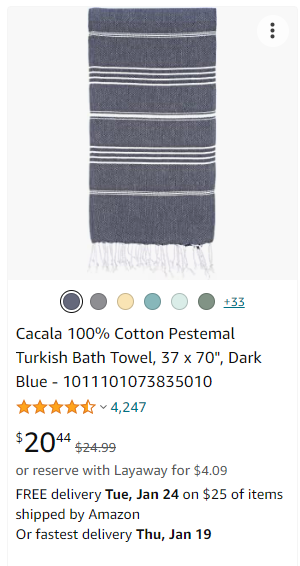
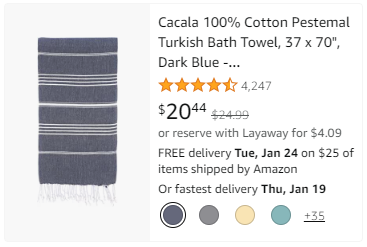
In this example, the brand has kept to the basics: brand name, type of towel, size and color. There aren’t any benefits written, but it covers the main points and reads well.
Brief vs Long: Which Follows Amazon Product Title Best Practices?
That’s the thing. Amazon is not good at officially having a point of view. Yes, they have an option to use up to 200 characters, and yes, they want a good shopping experience for their customers, but they are not good at going on record on what should be the best practice. Instead, we have to find out the best practices should be based on hypotheses and testing.
Personally, I think both are great examples. The first longer example is written more for the algorithm to pick up use cases, the second brief one is written for the consumer to quickly digest. However, my gut after over 20 years of writing compelling ad copy is that consumers scan more than they read.
Why? Your average customer looks for images, price, and ratings over complete sentences. After that, then they may click for more information. With that said, this is just based on instinct and experience. You can get a strong hypothesis from those two things. With that said, how do we prove hypotheses? With data!
What Ranking Data Tells Us About Amazon Titles
Let’s revisit the highlighted products from before: an Ephsumus Turkish towel (longer product description) versus a Cacala towel (shorter product description). They both have different price points, but similar imagery and review ratings.
One of the key differences in product title is Ephsumus gives use cases for where to use the towel and mentions the fact that it’s lightweight. Also, it mentions that it could be used at the gym or beach and dries quickly.
A tool a lot of sellers and vendors use to look at rankings and keyword density is Helium10, and I highly recommend it. Helium10 have often mentioned publicly that title density of keywords matters, and looking at these two products, the data tends to agree.
In the below table, we have the top keywords that are relevant to these products based on search volume. The title density is how many products in the search results have the description.
If we look at gym towels (which Ephsumus product references Gym and Towels but not together), the longer title is way ahead in rank, same with “Turkish beach towel.” “Quick dry” is also there.
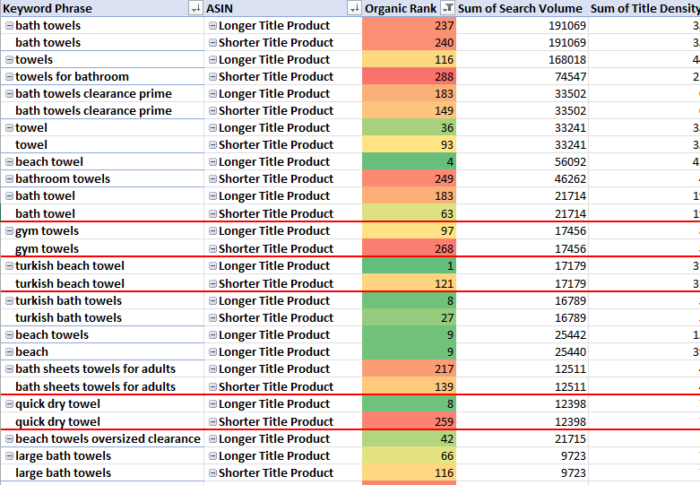
This looks like there is a clear winner…the longer title!
Correlation Does Not Equal Causation
Let’s slow down before thinking that we’ve cracked the code on Amazon titles.
After all, we know with Amazon, and data in general, that nothing is straightforward. Yes, the data looks cut and dry. But what if it’s not the title helping the rankings? What if it’s the back-end keywords? The longer-description product also is half the price! These two factors could be muddying the waters.
Is there another way to look at it?
As a start, A-B experiments with product titles could help.
Experiments with Amazon
By using the Experiments function in Amazon Vendor/Seller Central, you can test product titles on your own products.
This will run an experiment by Amazon, looking at conversion rate and click-through rate. When the results are statistically significant, Amazon will recommend which product title worked better.
Great, well that’s the answer!
Unfortunately, again, it is not that easy. A recent set of experiments run by goamify tested three different titles, and 2 out of 3 showed that a shorter title worked. On the 3rd the longer title performed better.
So, who is right? The vendor manager from before advising a prospective client that started us on this investigation, or the majority of listings?
Until Amazon officially answers questions like this, we will not fully know, but here are my tips based on gut instinct, personal experience, and the data above.
- Amazon has given 200 characters for a reason. Use them.
- Include keywords, both for use case and for high search volumes, but make the title readable for the potential consumer. Keyword stuffing without sentences or context will not help.
- Test, test, and test. Product vertical, competition, and other factors mean there is probably not a hard and fast rule on what is best.
- Just because someone at Amazon says something is true, get other opinions. With an organization that large, it is impossible for one person to know the definitive answer on everything.
We want to hear your opinion!
When I posted this question in a well-known LinkedIn group of Amazon sellers, I got various opinions with great perspective and passion. Some interesting points were raised, and we want to hear your opinion. Please let us know your thoughts in the comments below.

David is the Head of Marketplace Services at NP Digital, and brings 23 years of experience in digital marketing activation to the table. He and his team specialize in helping clients transform their digital strategies from ones that focus solely on e-commerce sales to ones that recognize the power of engaging with shoppers on their terms. With a wealth of vertical expertise in the automotive, CPG, fashion, and electronics industries, David is well-versed in working with the top retailers and marketplaces in the US, UK, and beyond.
[ad_2]
Article link
